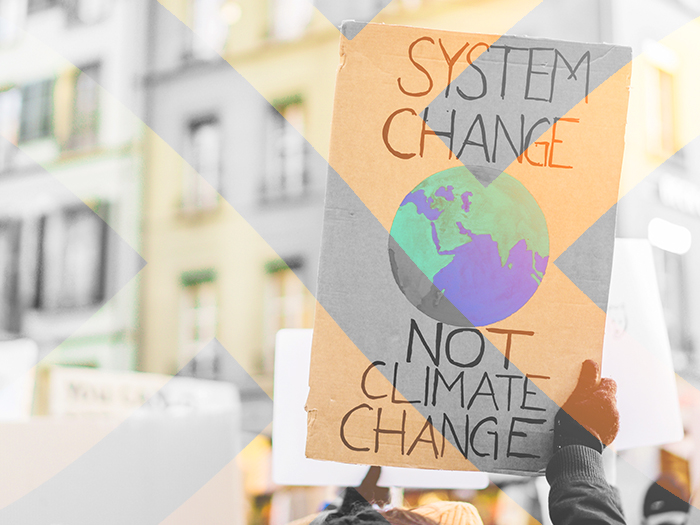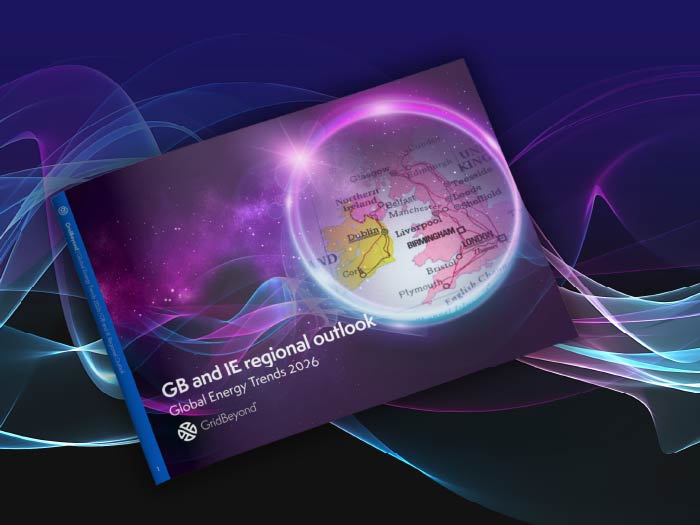News
better business decisions
Posted 3 months ago | 3 minute read

Australia sets 2035 climate change target
The government has set Australia’s 2035 climate change target at a 62%-70% reduction in emissions from 2005 levels, highlighting the role of renewable energy and low-emissions manufacturing in driving the transition.
In an announcement on 18 September, the government said it was “an ambitious but achievable target – sending the right investment signal, responding to the science and delivered with a practical plan”.
Five priority areas for action have been set out:
- clean electricity across the economy: more renewable electricity generation, supported by new transmission and storage (including household batteries)
- lowering emissions by electrification and efficiency: including a New Vehicle Efficiency Standard, supporting consumers switch to EVs and improving energy efficiency
- expanding clean fuel use: establishing a low carbon liquid fuels industry and supporting green hydrogen
- accelerating new technologies: through Future Made in Australia investments, and innovation support through ARENA
- net carbon removals scaled up: enabling land holders to earn money for eligible carbon storage and a robust ACCU scheme
To help meet the target, the government also announced:
- a new $5B Net Zero Fund in the National Reconstruction Fund, to help industrial facilities decarbonise and scale up more renewables and low emissions manufacturing
- $2B for the Clean Energy Finance Corporation to continue to drive downwards pressure on electricity prices
- $1.1B to encourage more production of Clean Fuels here in Australia
- $40M to accelerate the roll out of kerbside and fast EV charging across our suburbs and regions
- $85M for frameworks and tools to help households and businesses understand and improve their energy performance
- $50M for sports clubs doing their bit to decarbonise and drive climate action
A series of documents to support the Australian Government’s 2035 climate target were also published including the Net Zero Plan and six supporting sector plans. The Net Zero Plan outlines how the Australian Government will meet Australia’s net zero target. The sector plans outline the opportunities and challenges across the economy as it decarbonises towards 2050, the key policy levers the government is using and where future emissions reduction potential is seen.
The Industry Sector plan is one of six sectoral emissions reduction plans that support the Net Zero Plan. The plan covers how the Australian industrial and waste sectors will transition to a net zero economy. It addresses nine industrial subsectors that represent the greatest opportunity and need for decarbonisation, and those most impacted by the economy’s transition. It notes that heavy industries face compounding challenges that require coordinated efforts from governments and businesses to solve. But there is a clear pathway towards net zero for industries. Optimising energy use through energy efficiency and demand flexibility upgrades will immediately help reduce industrial emissions. Electrifying many industrial processes is a critical next step, allowing businesses to reduce emissions by using renewable electricity. For processes that are unable to electrify now, scaled‑up alternative fuels and inputs like hydrogen and bioresources will become available. Finally, coordinated efforts from Australia’s world leading researchers, innovators, businesses and government will work to bridge technology gaps in sectors that rely on hard‑to‑abate, high‑heat processes. Natural gas usage may still be required for sectors where no other alternatives exist, though abatement is possible through carbon management technologies.





